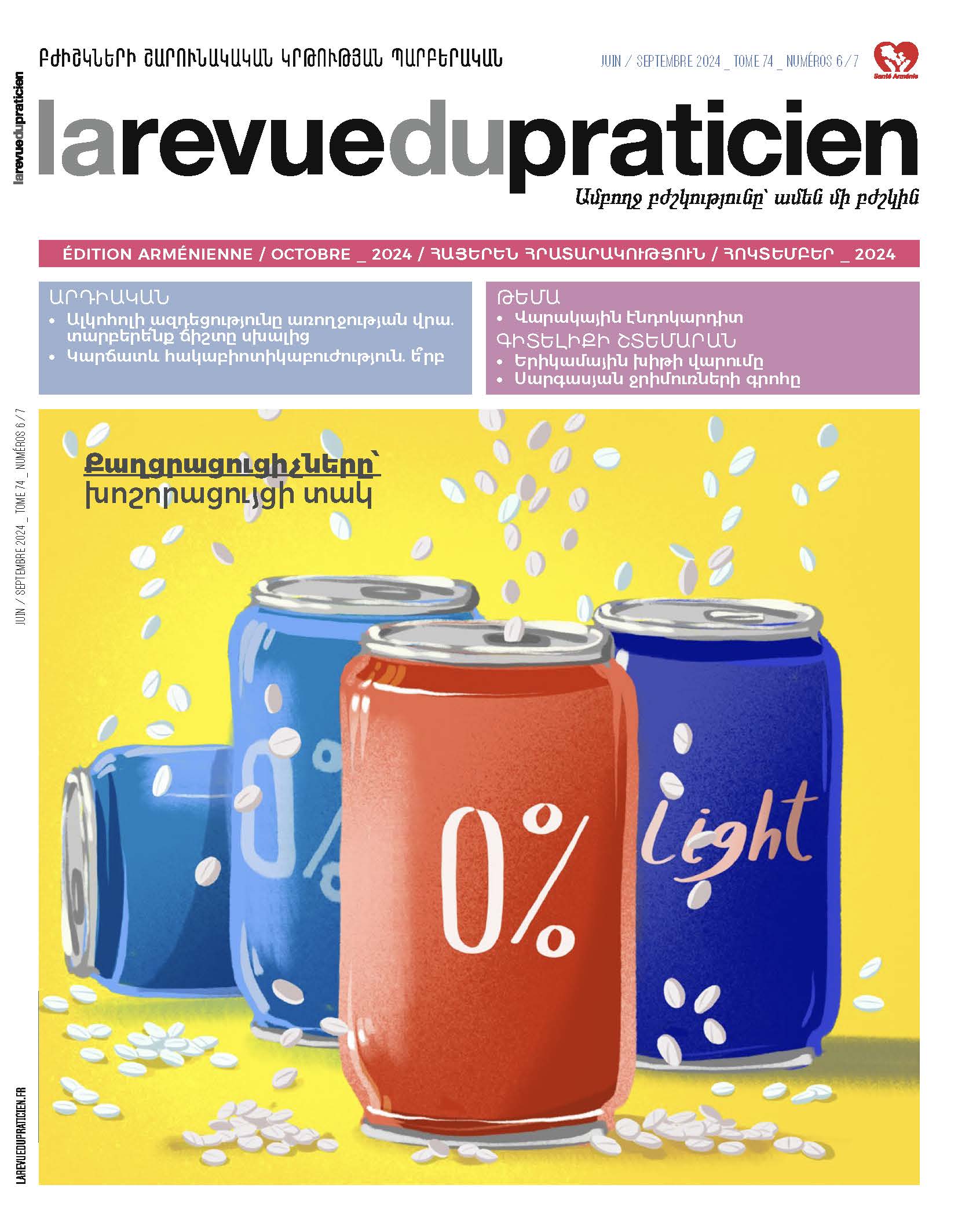Sargassum seaweed assaults the French West Indies 71
Dabor Resiere, Jonathan Florentin, Rémi Nevière.Abstract
Since 2011, Martinique and the islands of Guadeloupe have been affected by repeated groundings, culminating in an exceptional wave in 2018. While the sargassum ( Sargassum natans and S. fluitans ) involved in these phenomena are neither toxic nor urticating, indirect toxicity linked to the presence of microorganisms and heavy metals (arsenic, mercury, etc.) in sargassum clusters has been described. Similarly, after a 24 to 48 hours stay on the shore, sargassum algae enter a putrefaction cycle responsible to produce hydrogen sulfide (H2S) and ammonia (NH3). The acute toxicity of these gases is well known. However, very few data are available on the clinical effects of prolonged exposure to low doses of H2S and NH3. Our team has recently described the syndromic features of chronic exposure, supposing for deleterious effects on the cardiovascular, respiratory and neurological systems.
